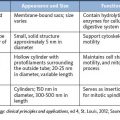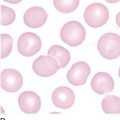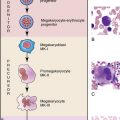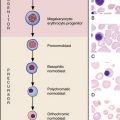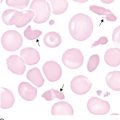23 Normal newborn peripheral blood morphology
In the healthy, full-term newborn, peripheral blood collected within the first 12 hours of birth has distinctive morphology. Some morphological changes persist for up to 3 to 5 days after birth. These changes should be recognized as physiological and not pathological. For a fuller discussion of hematology in the newborn, refer to a hematology textbook such as Hematology: Clinical Principles and Applications* or a pediatric hematology text such as Nathan and Oski’s Hematology of Infancy and Childhood.†
Stay updated, free articles. Join our Telegram channel

Full access? Get Clinical Tree


